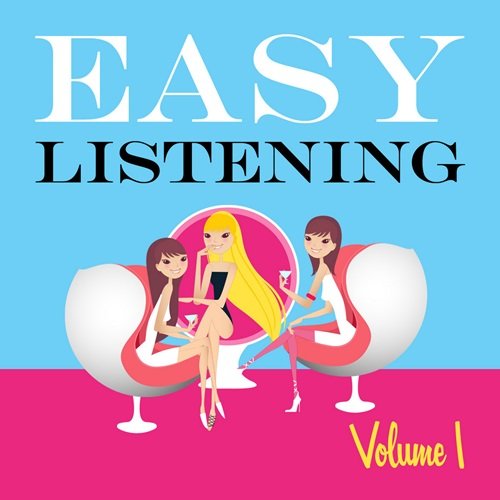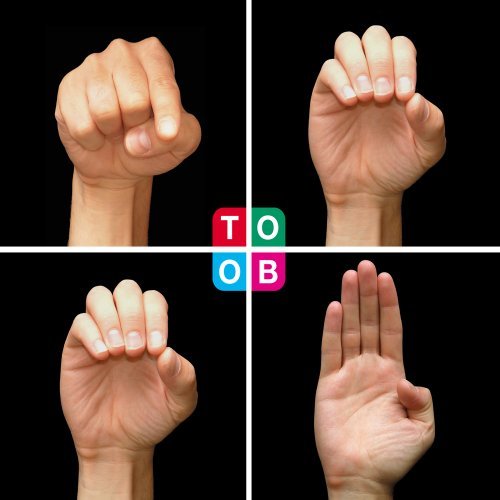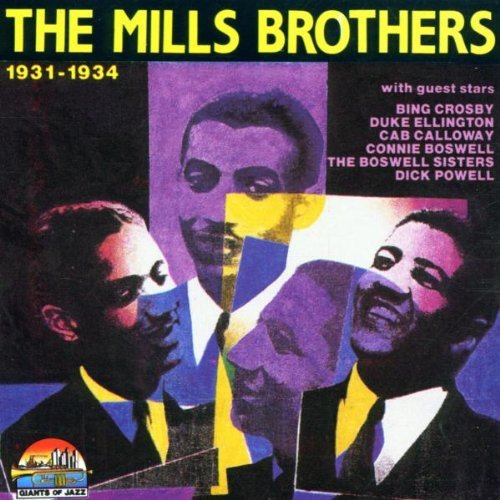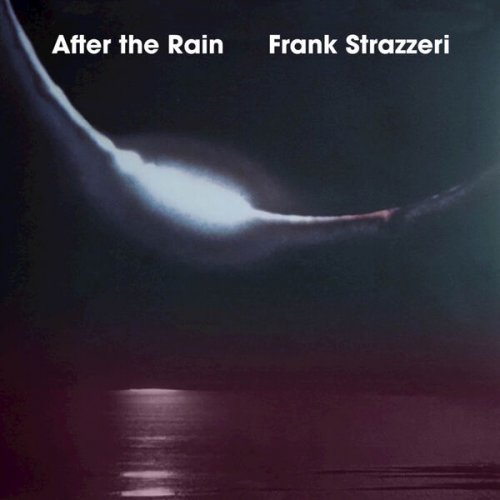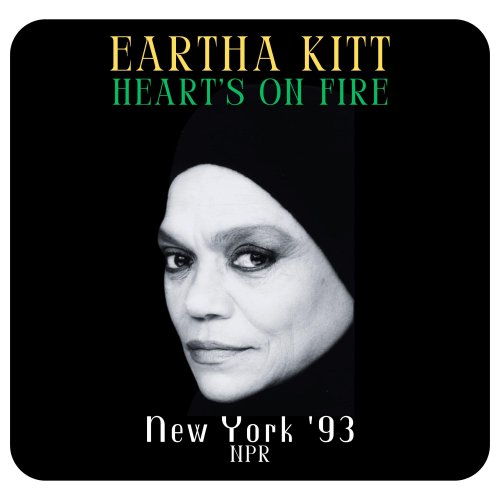I Solisti Italiani - Vivaldi: 12 Concerti, Op. 9 "La Cetra" (2006)
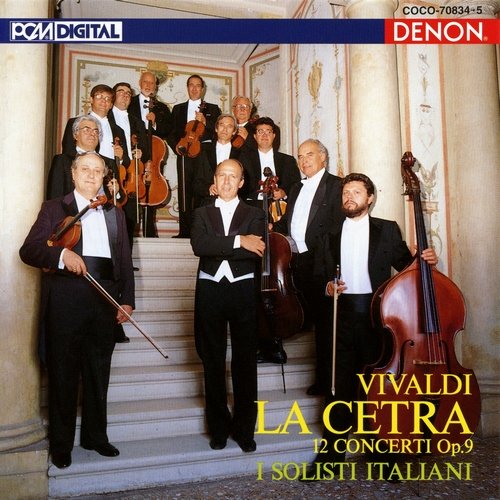
Artist: I Solisti Italiani
Title: Vivaldi: 12 Concerti, Op. 9 "La Cetra"
Year Of Release: 2006
Label: Denon
Genre: Classical
Quality: FLAC (image+.cue,log,scans)
Total Time: 114:12
Total Size: 705 Mb
WebSite: Album Preview
Tracklist: Title: Vivaldi: 12 Concerti, Op. 9 "La Cetra"
Year Of Release: 2006
Label: Denon
Genre: Classical
Quality: FLAC (image+.cue,log,scans)
Total Time: 114:12
Total Size: 705 Mb
WebSite: Album Preview
CD 1
Concerto No.1 in С major, RV 181a, F.I-47 for Strings & Basso continuo
1. I - Allegro
2. II - Largo
3. III - Allegro
Concerto No.2 in A major, RV 345, F.I-51 for Violin, Strings & Basso continuo
4. I - Allegro
5. II - Largo
6. III - Allegro
Concerto No.3 in G minor, RV 334, F.I-52 for Violin, Strings & Basso continuo
7. I - Allegro non molto
8. II - Largo
9. III - Allegro non molto
Concerto No.4 in E major, RV 263a, F.I-48 for Violin, Strings & Basso continuo
10. I - Allegro non molto
11. II - Largo
12. III - Allegro non molto
Concerto No.5 in A minor,, RV358 F.I-53 for Violin Strings & Basso continuo
13. I - Adagio-Presto
14. II - Largo
15. III - Allegro
Concerto No.6 in A major, RV 348, F.I-54 for Violin, Strings & Basso continuo
16. I - Allegro
17. II - Largo
18. III - Allegro non molto
CD 2
Concerto No.7 in B-flat major, RV 359, F.I-55 for Strings & Basso continuo
1. I - Allegro
2. II - Largo
3. III - Allegro
Concerto No.8 in D minor, RV 238, F.I-56 for Violin, Strings & Basso continuo
4. I - Allegro
5. II - Largo
6. III - Allegro
Concerto No.9 in B-flat major, RV 530, F.I-57 for 2 Violins, Strings & Basso continuo
7. I - Allegro
8. II - Largo e spiccato
9. III - Allegro
Concerto No. 10 in G major, RV 300, F.I-49 for Violin, Strings & Basso continuo
10. I - Allegro molto
11. II - Largo cantabile
12. III - Allegro
Concerto No.11 in С minor, RV 198a, F.I-58 for Violin, Strings & Basso continuo
13. I - Allegro
14. II - Adagio
15. III - Allegro
Concerto No. 12 in В minor, RV 391, F.I-50 for Violin, Strings & Basso continuo
16. I - Allegro non molto
17. II - Largo
18. III - Allegro
Performers:
I Solisti Italiani
violins:
Paolo Ciociola
Luca Fanfoni
Giulio Franzetti
Fedrico Guglielmo
Giovanni Guglielmo
Giqino Maestri
violas:
Alfonso Ghedin
Marcello Turio
violoncellos:
Giorgio Ravenna
Alfredo Riccardi
double bass:
Gianni Amadio
harpsichord:
Edoardo Farina
What a contrast there is between the benighted, despotic 1960s our enlightened, democratic era. The spirit of democracy even pervades this release. Five of I Solisti's six violinists alternate as soloists. Apparently, which violinist played which concerto was determined solely by the luck of the draw, rather than unnecessary, undemocratic musical considerations. And in the tuttis, each "soloist" gently recedes into the background. Compare this with the 1964 Philips recording by I Musici. Here a single violinist, Felix Ayo, shamelessly plays all the solos. He even has the audacity to take center stage as one might for a concerto by Mendelssohn or Tchaikovsky.
Which approach works best? I'm reminded of the wag who once observed that the small towns in democratic America look nearly alike, while each European village has a unique appearance. I Solisti's performances are generally anonymous and undistinguished, while Ayo and I Musici are passionate and committed, clearly emphasizing the distinct character of each concerto. Even though I Solisti plays on modern instruments, they have adopted some "authentic" techniques. They take a reticent approach to Vivaldi, employing a limited dynamic and expressive range. They favor clipped, staccato playing and short, choppy phrases. Ayo and I Musici focus on the singing quality of Vivaldi's writing. Unlike any of I Solisti's five soloists, Ayo commands your attention. No matter how repetitive or mechanical the solo writing becomes - as it does from time to time - Ayo propels the music forward.
Only in Concerto 3 does I Solisti have the edge. Of their five violinists, Paulo Ciociola has the loveliest tone, and his interpretation is lively, refreshing, and aristocratic. Ayo brings more drama and fire to I, and he phrases more broadly than Ciociola in II. On the other hand, Ciociola perfectly captures the sad desolation of the largo. Ayo and I Musici take the finale much too seriously; I Solisti brings the concerto to a boisterous conclusion.
One last point of difference between these two recordings. I Solisti employs a harpsichord as the continuo instrument, while I Musici chooses the organ. Vivaldi scored these concertos with the sound of the organ in mind, and the clangorous, percussive rasp of the harpsichord is totally out of place here. Indeed, it calls to mind Thomas Beecham's quip about the harpsichord sounding "like two skeletons copulating on a tin roof". The organ, as Vivaldi was clearly aware, adds a brilliant splash of wind color to the otherwise monotonous string tone.
La Cetra may not be as well known or as frequently recorded as either Vivaldi's Op. 8 (including the Four Seasons) or Op. 3, L'Estro Armonico, but it is well worth having in your collection. These twelve concertos offer a great deal of rewarding music: beautiful serenades, haunting largos, and even an occasional melody borrowed from the Seasons, fitted out with a striking new accompaniment. In La Cetra, Vivaldi frequently achieves a new level of expressiveness combined with virtuosity which helped pave the way for devilish exploits of Paganini. With a performance as frankly romantic as I Musici's, it's easy to make the connection between these two Italian giants.
Which approach works best? I'm reminded of the wag who once observed that the small towns in democratic America look nearly alike, while each European village has a unique appearance. I Solisti's performances are generally anonymous and undistinguished, while Ayo and I Musici are passionate and committed, clearly emphasizing the distinct character of each concerto. Even though I Solisti plays on modern instruments, they have adopted some "authentic" techniques. They take a reticent approach to Vivaldi, employing a limited dynamic and expressive range. They favor clipped, staccato playing and short, choppy phrases. Ayo and I Musici focus on the singing quality of Vivaldi's writing. Unlike any of I Solisti's five soloists, Ayo commands your attention. No matter how repetitive or mechanical the solo writing becomes - as it does from time to time - Ayo propels the music forward.
Only in Concerto 3 does I Solisti have the edge. Of their five violinists, Paulo Ciociola has the loveliest tone, and his interpretation is lively, refreshing, and aristocratic. Ayo brings more drama and fire to I, and he phrases more broadly than Ciociola in II. On the other hand, Ciociola perfectly captures the sad desolation of the largo. Ayo and I Musici take the finale much too seriously; I Solisti brings the concerto to a boisterous conclusion.
One last point of difference between these two recordings. I Solisti employs a harpsichord as the continuo instrument, while I Musici chooses the organ. Vivaldi scored these concertos with the sound of the organ in mind, and the clangorous, percussive rasp of the harpsichord is totally out of place here. Indeed, it calls to mind Thomas Beecham's quip about the harpsichord sounding "like two skeletons copulating on a tin roof". The organ, as Vivaldi was clearly aware, adds a brilliant splash of wind color to the otherwise monotonous string tone.
La Cetra may not be as well known or as frequently recorded as either Vivaldi's Op. 8 (including the Four Seasons) or Op. 3, L'Estro Armonico, but it is well worth having in your collection. These twelve concertos offer a great deal of rewarding music: beautiful serenades, haunting largos, and even an occasional melody borrowed from the Seasons, fitted out with a striking new accompaniment. In La Cetra, Vivaldi frequently achieves a new level of expressiveness combined with virtuosity which helped pave the way for devilish exploits of Paganini. With a performance as frankly romantic as I Musici's, it's easy to make the connection between these two Italian giants.

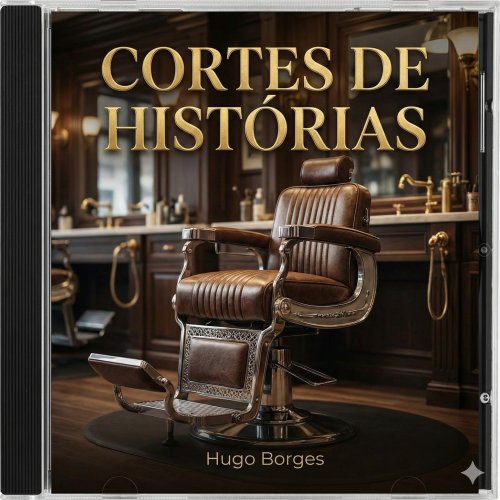
![Norah Jones - Day Breaks (Japanese Limited Edition) (2016) [SHM-CD] Norah Jones - Day Breaks (Japanese Limited Edition) (2016) [SHM-CD]](https://www.dibpic.com/uploads/posts/2026-01/1768216895_1476175738_e683206e8f145d341ede9545a0c1ba56.jpg)
